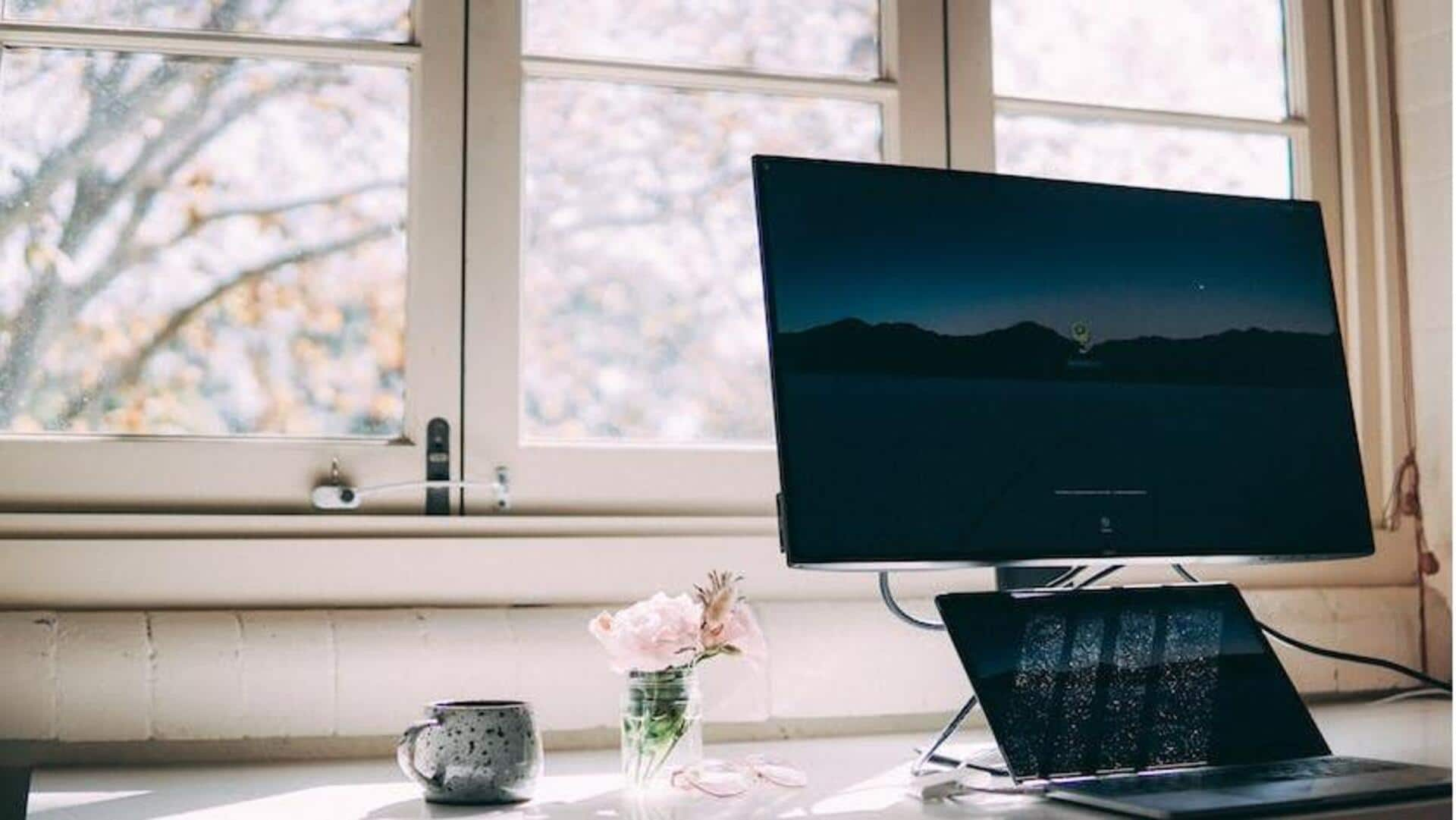
Crafting the ideal home office for remote workers
What's the story
For those enduring daily commutes or traffic woes, working from home may seem like a blessing. However, remote work carries its unique challenges, with distractions arising from noisy family members, playful toddlers, pets, and a bustling kitchen. To succeed in this environment, you must create a dedicated workspace that fosters productivity. These tips will help you craft a home office that boosts your performance.
Space
Your quiet corner
Select a quiet corner or room away from daily household activities. This separation helps create boundaries, signaling to others in the family that you're in work mode. Ideally, choose a well-lit area with ample natural light to reduce eye strain and elevate your mood as you can occasionally gaze out the window to watch birds, or even keep an eye on the backyard.
Essential investments
Focus on ergonomic essentials
Invest in a comfortable chair, a spacious, sturdy, and stable desk, and ergonomic accessories like a keyboard tray and monitor stand. Proper ergonomics reduce physical strain and maintain posture, ensuring you stay comfortable during long work hours. By prioritizing ergonomics, you not only enhance your immediate comfort but also support long-term productivity and well-being in your home office environment.
Organize
Declutter, organize, and personalize
Keep your workspace clutter-free, and use storage solutions like shelves, drawers, and organizers to maintain a tidy and efficient environment. A clean space promotes mental clarity and focus, by fostering a sense of order. Decorate your home office with items that inspire you, such as motivational quotes, artwork, nostalgic photographs, or indoor plants. A personalized space can enhance creativity and overall job satisfaction.
Technology
Invest in technology
Ensure a reliable internet connection and invest in noise-canceling headphones for a distraction-free work environment. Organize your cables and set up proper lighting to reduce screen glare and enhance visibility. Consider investing in dual monitors to enhance multitasking and productivity. For example, you can use one screen for your primary tasks while referencing research or emails on the other.